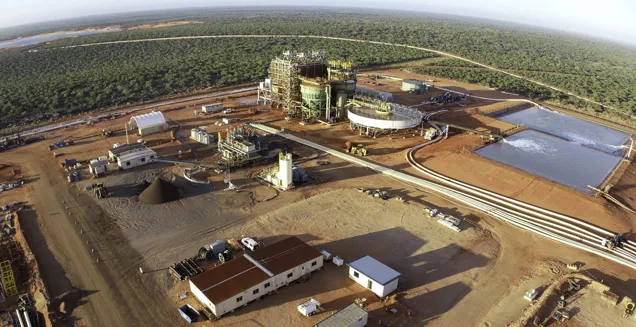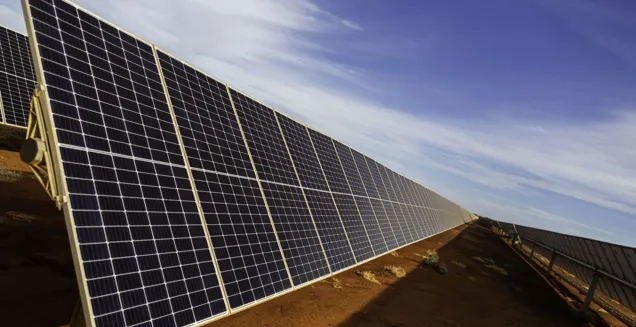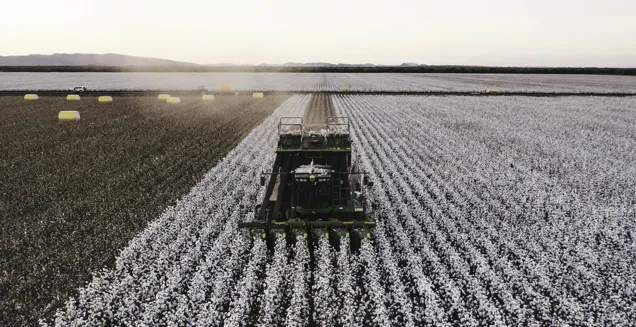- Our Investments
- ...
- How and Where We Invest
- Western Australia
How & where we invest
Western Australia
Western Australia is a pivotal force in the nation's economic landscape, responsible for nearly 50 percent of Australia's annual goods exports, from minerals and petroleum to agricultural, and specialised manufactured commodities.

14
$1.7B
$18B
6,479
In partnership with the Western Australian Government, the Northern Australia Infrastructure Facility (NAIF) has committed $1.8 billion to projects that contribute to economic resilience and deliver social and economic benefits to local communities. With a population of 2.49 million residents spread across 1,350,000 km², Western Australia offers a wealth of opportunity for infrastructure development, despite its distinctive challenges.
Northern Western Australia is a region with a unique economy heavily influenced by its vast mineral resources, natural gas production, agriculture, tourism, and remote geographical features.
The region is a global hub for mining and resources, including iron ore, gold, and other minerals. The Pilbara region, in particular, is known for its massive iron ore deposits and extensive mining operations.
Northern Western Australia is a major player in the natural gas industry, with large natural gas production facilities. And while limited by its arid climate, certain parts of the region support agriculture, including pastoral activities, cattle, and some horticulture around the Ord River region. The northern region's proximity to Asia and its role as a significant exporter of resources contribute to its strong international trade relationships.
Rugged landscapes, stunning coastline and unique natural formations such as the Bungle Bungle Ranges and the Ningaloo Reef attract tourists interested in outdoor activities, wildlife, and remote adventure. The region also supports marine industries such as fishing and pearling.
Northern Western Australia's vastness and remoteness pose challenges for transportation, infrastructure development, and service provision, which can affect the cost of living and conducting business in the region. But the region's abundant sunlight and wind make it well-suited to renewable energy projects, including solar and wind farms.
With its diverse and delicate ecosystems, balancing economic development, particularly in the resources sector, with environmental conservation is a key challenge.
Indigenous communities play an important role in the social fabric of the region, which means collaborative approaches to development that respect and include Indigenous perspectives are vital.
Find out more
Whether you're interested in understanding our investment process, exploring the Investment Act and Mandate that guide our decisions, utilising our Indigenous Engagement Strategy Toolkit, or seeking answers to frequently asked questions, we've got you covered. Click on our quick links in this section to discover more about our mission and impact.


